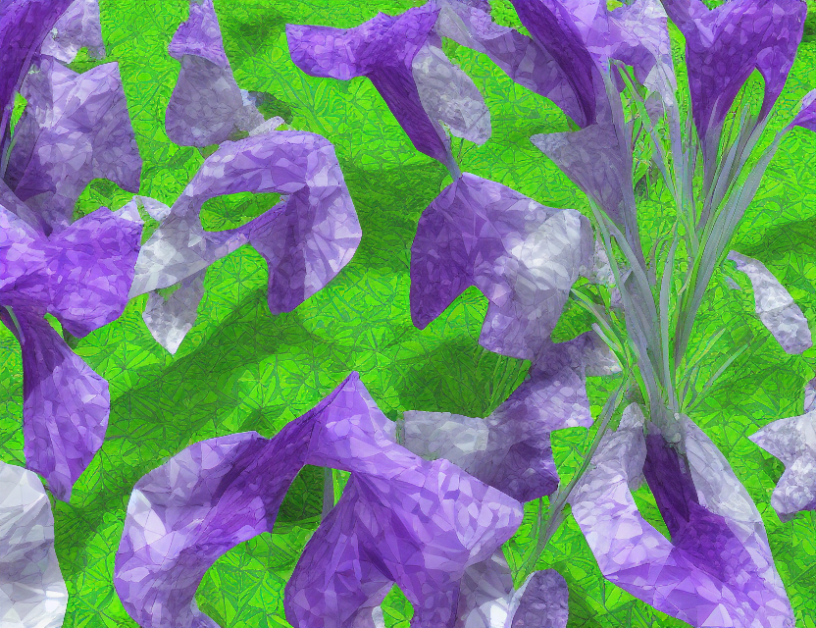In today’s world, machine learning’s insatiable hunger for data is a well-known fact. However, this appetite becomes even more pronounced in emerging domains like post-mortem iris recognition. Despite the success of few-shot and transfer learning approaches, these methods struggle to provide accurate results without adequate data. Post-mortem iris recognition, in particular, faces the challenge of discovering a domain’s specificity, often through sparse and insufficient data. This article delves into the emerging trend of considering post-mortem iris recognition in forensic applications and proposes human-interpretable recognition methods that can detect presentation attacks. The article highlights the importance of addressing this growing need and explores innovative solutions to overcome the challenges associated with limited data availability.
The author explains that machine learning algorithms are like hungry children eagerly devouring data to learn and improve their performance. In emerging domains like post-mortem iris recognition, these algorithms struggle to find enough food (data) to fuel their growth. The article compares this situation to a farmer’s dilemma – just as the farmer needs to nurture their crops with love and care, machine learning models require adequate data to learn from and make accurate predictions.
The author notes that post-mortem iris recognition is another presentation attack type that must be considered in forensic applications. This means that an attacker may attempt to deceive the system by using a fake image of an individual’s iris. To counter this threat, the article proposes new recognition methods that are both human-interpretable and accurate. These methods are likened to a wise old grandmother who can recognize her grandchild’s iris from a single glance – they are able to distinguish between genuine and fake images with ease.
In summary, the article highlights the pressing need for more research on post-mortem iris recognition, particularly in emerging domains where data is limited. By proposing innovative human-interpretable recognition methods, this study contributes to the growing efforts to overcome these challenges and improve the accuracy of iris recognition systems.
Computer Science, Computer Vision and Pattern Recognition
Enhancing Iris Recognition with Limited Data Using Geometric and Color Adjustments



